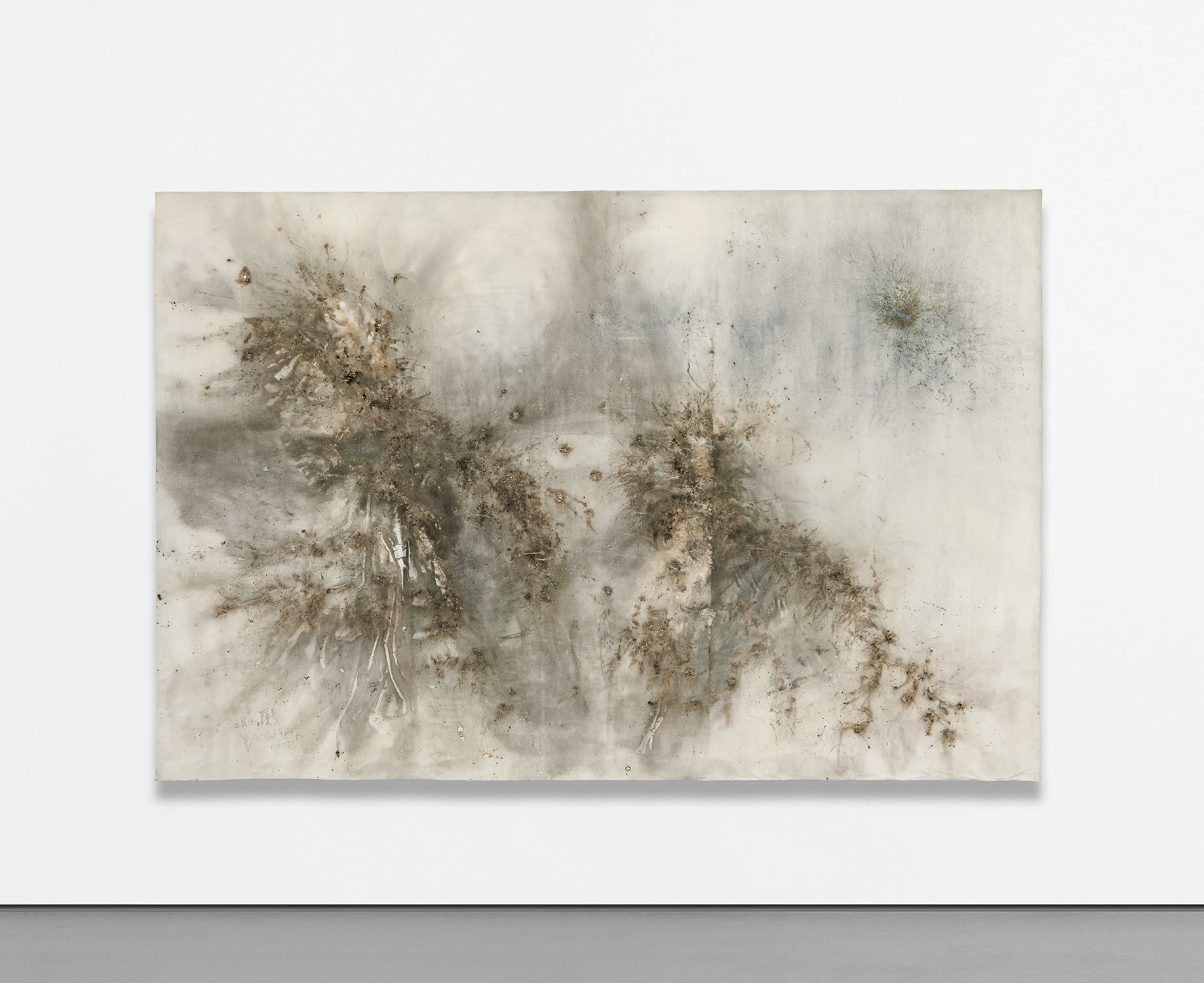

Property of a Distinguished Private Asian Collector
25
Cai Guo-Qiang
Two Wandering Tigers
signed, titled and dated '"Two Wandering Tigers" [in Chinese] Cai Guo-Qiang [in Chinese and Pinyin] 2005' lower left
gunpowder and ink on paper
200 x 300 cm. (78 3/4 x 118 1/8 in.)
Executed in 2005.